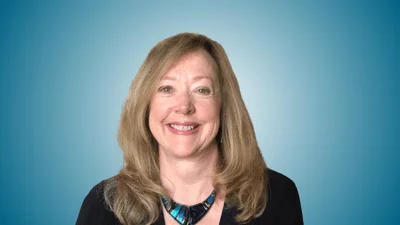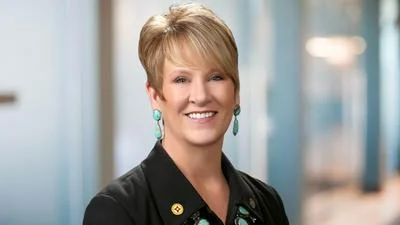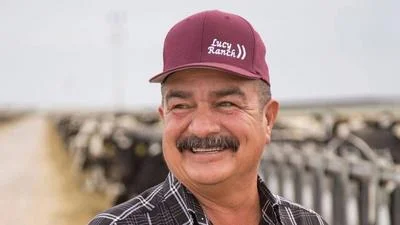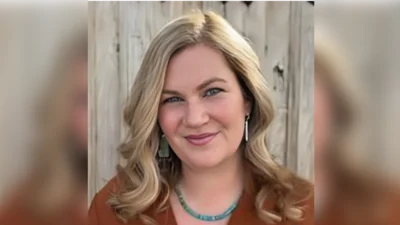Most days for Rosalyn Devonport are spent in her office working on advanced and abstract math problems, interspersed with computer programming. If she’s having a particularly stimulating day, coffee with a friend is one of her first stopping points. “You’d be surprised by how much advanced math is done over a freshly brewed cup of coffee,” she noted.
While Devonport’s routine may seem ordinary, the 30-year-old University of New Mexico postdoctoral fellow is engaged in pioneering research to discover what it takes for a spacecraft to achieve "orbital homeostasis."
Dr. Rosalyn Devonport explained, “It's the ability for a satellite to remain in orbit despite its inherently chaotic nature and to protect itself from any external factors that could disrupt its orbit.”
Devonport’s research lies within an interdisciplinary branch of engineering mathematics called control theory, which she applies to study spacecraft control systems for satellites stationed in cislunar space.
“I can describe the basics of control theory with something we are all familiar with—the human body,” said Devonport. “The temperature outside can be 15 degrees or 110 degrees; you can be walking, running, or lying down but your body will remain at a reliable 98.6 degrees. Just by being yourself, you embody the property of ‘being robustly self-regulating against changes to the environment.’ The scientific name for this property is homeostasis and control theory, at its core, is the study of how to endow machines with this property.”
Devonport earned her doctoral degree in electrical engineering from the University of California at Berkeley and has co-authored nearly two dozen papers—half as primary author—and co-authored the book *Interval Reachability Analysis*. During her time at Berkeley, she met UNM Professor Meeko Oishi and found herself moving to the Southwest due to their shared interests.
“Dr. Oishi happened to be looking to recruit postdocs, and I happened to be looking to become one," said Devonport. “It’s as simple as that really. I’m here because a top researcher in my field wanted me here, and we were both interested in doing the same kind of work.”
This situation mirrors that of many other postdoctoral fellows seeking opportunities within their fields. Devonport’s scholarship resides within the UNM School of Engineering but intersects closely with mathematics.
In discussing her area of study on making cislunar satellites self-regulating, Devonport identified three main challenges:
1. Dynamics are uncertain: Subtle gravitational effects from the sun and moon are difficult for any artificial cerebellum candidate.
2. Unpredictable solar radiation pressure: Strong gusts can push satellites around unexpectedly.
3. Limited observation: Due to their distance from Earth, these satellites are challenging to monitor accurately.
“If we can’t account for all three at once, we cannot stabilize the satellite,” stated Devonport. “The stakes could hardly be higher because any failure risks destroying an incredibly valuable satellite.” She emphasized her expertise in controlling uncertain systems and those with random components while aiming to integrate these aspects through her postdoctoral research.
Devonport also highlighted her growing reputation as an effective scientific communicator within her field.
“I’m known as the lightning talk queen,” she said proudly. “One of my special skills is finding a narrative thread by which any research topic can be described.”
Reflecting on this interview process, she added: “I could have taken the easy way out and just said that I do research on spacecraft... But it wouldn’t be true to the spirit of my work because I work with something even more fascinating than space—I work with mathematics.”
---









